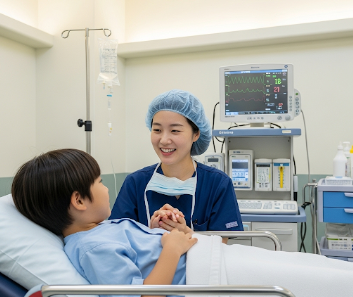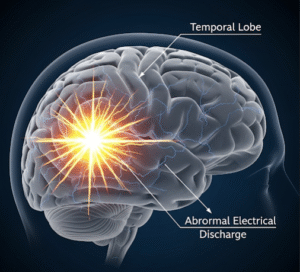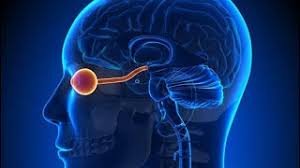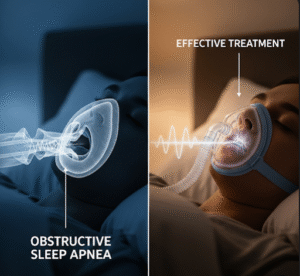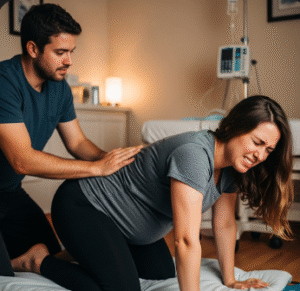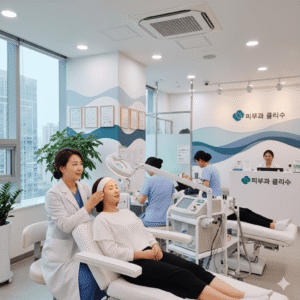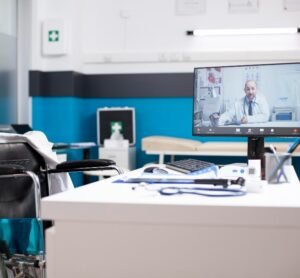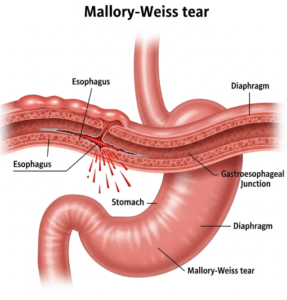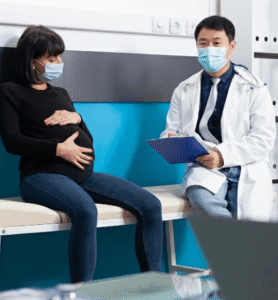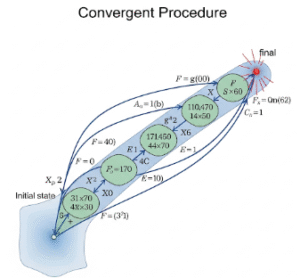Overview
General anaesthesia is a medically induced state where a child is put into a deep sleep so they do not feel pain, move, or remember the procedure during surgery. It is a safe and routine practice in Korea, used for a wide range of pediatric surgeries and procedures — from ear tube insertion (grommets) to more complex operations.
South Korea is well known for its advanced pediatric anaesthesia care, with highly trained anesthesiologists, modern monitoring equipment, and specialized children’s hospitals. Parents can expect a safe, well-managed process with a strong focus on comfort and post-operative care.
What is General Anaesthetic (Child)?
General anaesthetic for children involves the use of medications (usually delivered through a mask or IV) that:
- Induce sleep
- Block pain and discomfort
- Relax the body completely
- Allow safe and controlled surgery
While the child is under anaesthetic, vital functions such as breathing, heart rate, oxygen levels, and blood pressure are continuously monitored by a pediatric anesthesiologist.
What are the Benefits?
- Pain-free experience during surgery
- No memory of the procedure, reducing emotional stress
- Safe muscle relaxation for surgeons to operate effectively
- Improved surgical accuracy since the child remains still
- Comprehensive monitoring ensures safety throughout the process
Procedure Details
1) How should I prepare for General Anaesthetic (Child)?
- Fasting instructions → Children must not eat or drink for a specific time before anaesthesia (usually 6–8 hours for solids, 2–4 hours for clear fluids).
- Medical history review → Allergies, previous reactions to anaesthesia, current medications.
- Pre-op check → Weight, heart, and lung function are assessed.
- Parental reassurance → Parents should explain in simple words to reduce fear (e.g., “You will take a special nap”).
2) What happens during the procedure General Anaesthetic (Child)?
- The child is brought into the operating room.
- Induction phase:
- In younger children → a face mask delivers anaesthetic gas (sevoflurane).
- In older children → an IV line may be used for rapid induction.
- Once asleep, an airway tube may be inserted to assist breathing.
- The anaesthesiologist stays with the child throughout, carefully monitoring:
- Oxygen levels
- Heart rate and rhythm
- Blood pressure
- Body temperature
3) What happens after a General Anaesthetic (Child)?
- The anaesthesia is gradually reduced, and the child wakes up in the recovery room.
- Common immediate effects:
- Sleepiness
- Mild nausea or vomiting
- Sore throat if a breathing tube was used
- Parents are reunited with their child once stable.
- Most children go home the same day for minor surgeries, while others may stay overnight for observation.
Risks / Benefits
Risks (although rare)
- ➤ Mild nausea, vomiting, or dizziness
- ➤ Sore throat from breathing tube
- ➤ Allergic reaction (extremely rare)
- ➤ Breathing or heart complications (rare, but monitored closely)
- ➤ Agitation or confusion upon waking
Benefits
- ➤ Complete pain control during surgery
- ➤ Stress-free experience for the child
- ➤ Improved surgical safety with full muscle relaxation
- ➤ Close monitoring by expert anesthesiologists
Recovery and Outlook
- Most children recover quickly within a few hours.
- Mild side effects (nausea, sore throat, tiredness) usually resolve within 24 hours.
- Parents should encourage rest, hydration, and light meals.
- Serious long-term side effects are extremely rare.
- With Korea’s expertise, outcomes are highly positive, and children generally return to normal activities the next day or within a few days depending on surgery type.
When To Call the Doctor
Parents should seek medical help if their child experiences:
- ⚠️ Persistent vomiting beyond 24 hours
- ⚠️ Severe sore throat or breathing difficulties
- ⚠️ Allergic reactions (rash, swelling, difficulty breathing)
- ⚠️ Unusual sleepiness or confusion that doesn’t improve
- ⚠️ High fever or signs of infection
Best Korea Option / Process
South Korea is one of the safest countries for pediatric anaesthesia due to:
- Pediatric anesthesiologists with advanced training
- Child-friendly hospitals designed to reduce anxiety
- Cutting-edge monitoring equipment ensuring safety
- Affordable yet world-class care compared to Western countries
Top Korean Hospitals for Pediatric Anaesthesia:
- Seoul National University Children’s Hospital – Specialized pediatric anaesthesia team
- Asan Medical Center, Seoul – Expert care for complex pediatric surgeries
- Samsung Medical Center – Advanced technology for safe anesthesia
- Yonsei Severance Children’s Hospital – Focus on child comfort and safety
👉 For children requiring surgery, general anaesthetic in Korea is safe, highly effective, and carefully managed to ensure the best outcomes with minimal risks.

